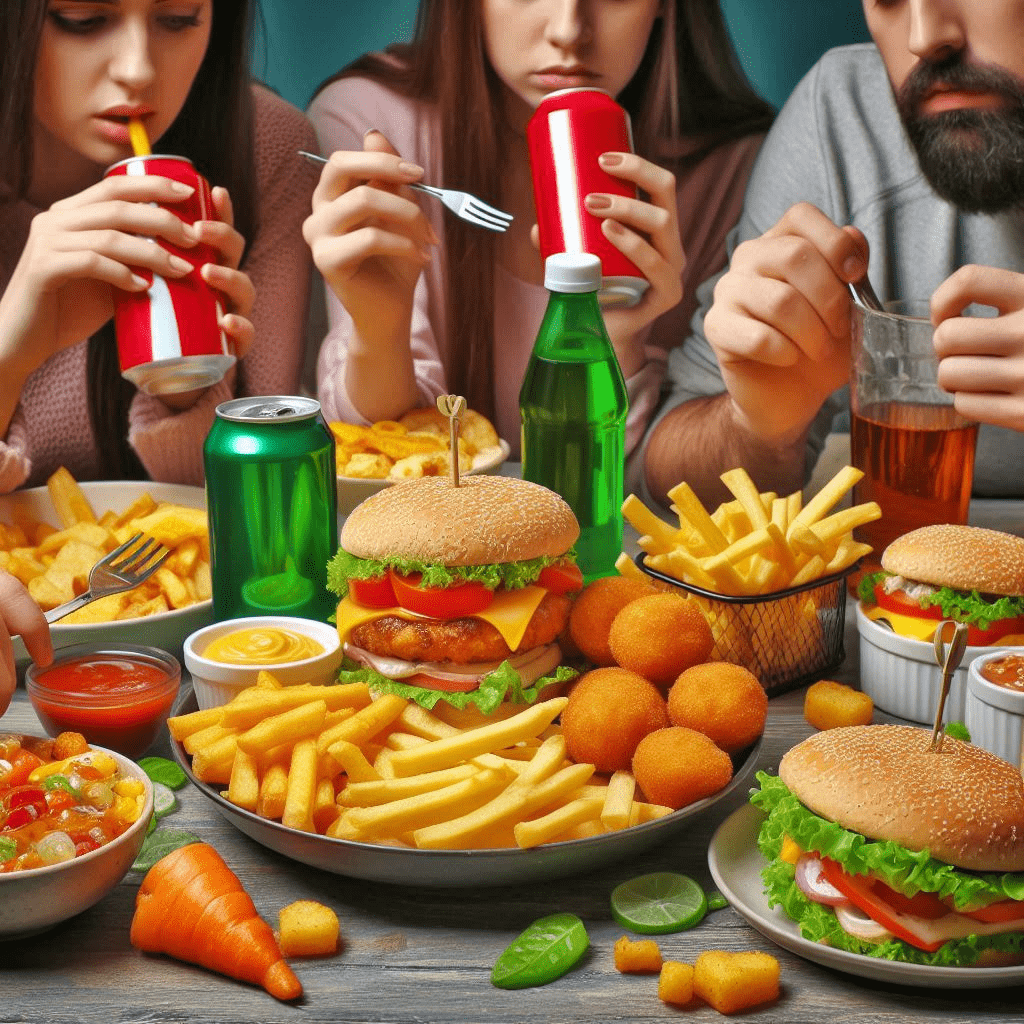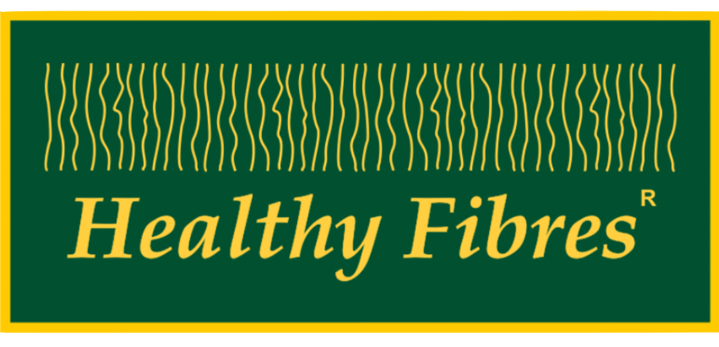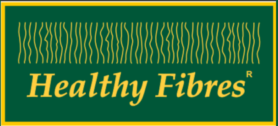What are the most harmful substances added to our regular foods?
In today’s fast-paced society, convenience sometimes trumps health, prompting many people to choose processed and pre-packaged foods. While these goods save time and effort, they are often loaded with a slew of additives and chemicals. Some of these chemicals, despite being permitted for ingestion, have been related to a variety of health problems, raising worries about their long-term consequences. This blog dives at some of the most dangerous compounds that are inadvertently making their way into our daily diet, such as hexane, fake food colours, and a variety of other hazardous additives.

Hexane: The Hidden Solvent
Hexane is a petroleum waste that is commonly utilised in the extraction of vegetable oils from seeds and soybeans. It is a hazardous additives, heap and efficient solvent, making it popular in the food processing business. However, hexane is also a neurotoxic, and long-term exposure can cause major health concerns such as nerve damage and breathing troubles. Although the FDA states that hexane residues in food are low, the long-term effects of taking such substances on a daily basis are cause for concern.
https://healthyfibres.com/product-category/combo-offers/
Artificial Food Colors: A Rainbow of Risks
Artificial food colours, like Red 40, Yellow 5, and Blue 1, are common in processed foods. These synthetic colours, generated from petroleum, are used to improve the appearance of food, making it more enticing to customers. Numerous studies have connected these dyes to hyperactivity in youngsters, allergic responses, and even cancer. The European Union has taken moves to prohibit or restrict the use of certain artificial colours, although they are nevertheless widely used in the United States and other parts of the world.
High-Fructose Corn Syrup: Sweet Poison
High-fructose corn syrup (HFCS) is a popular sweetener found in a wide variety of processed foods and beverages. It is less expensive than sugar and increases the shelf life of items. However, HFCS has been linked to the obesity pandemic because it is metabolised differently in the body, resulting in increased fat deposition and insulin resistance. Furthermore, high levels of HFCS have been related to liver damage, diabetes, and heart disease.
Sodium Nitrite and Nitrate: Preserving Danger
Sodium nitrite and nitrate are preservatives found in processed meats such as bacon, sausages, and hotdogs. These compounds inhibit bacterial development and give meat its distinctive pink colour. However, when nitrites are cooked at high temperatures, they can transform into nitrosamines, which are strong carcinogens associated to a variety of malignancies, including colorectal cancer. Regular intake of processed meats has been linked to an increased risk of heart disease and diabetes.
Aspartame: The Deceptive Sweetener
Aspartame is an artificial sweetener commonly used in diet sodas, sugar-free products, and low-calorie foods. While it gives a sweet taste without calories, aspartame has been a source of contention for decades. According to several research, aspartame use is associated with headaches, dizziness, and an elevated risk of some malignancies. Additionally, those with the hereditary condition phenylketonuria (PKU) must avoid aspartame since their bodies are unable to metabolise phenylalanine, one of its components.
Monosodium Glutamate (MSG): Flavor Enhancer or Health Hazard?
Monosodium glutamate (MSG) is a flavour enhancer that is frequently found in processed foods, soups, and restaurant meals. While the FDA usually considers MSG to be harmless, some people report severe responses, known as “Chinese Restaurant Syndrome,” after taking it. Symptoms may include headaches, sweating, chest pain, and nausea. Furthermore, animal studies indicate that excessive dosages of MSG might promote nerve damage and obesity.
Trans Fats: The Silent Killer
Trans fats are artificial fats produced by hydrogenation, which solidifies liquid vegetable oils. They enhance the texture, shelf life, and flavour stability of processed foods. However, trans fats are well-known for their negative health effects, which include rising LDL (bad) cholesterol levels, decreasing HDL (good) cholesterol levels, and increasing the risk of heart disease, stroke, and diabetes. Many governments have taken steps to prohibit or restrict trans fats, although they can still be present in some goods.
Butylated Hydroxyanisole (BHA) and Butylated Hydroxytoluene (BHT): Controversial Preservatives
BHA and BHT are synthetic antioxidants is a hazardous additives used to prevent rancidity in oils and fats, hence increasing the shelf life of processed foods. These preservatives are present in cereals, snacks, and chewing gum. While they are typically regarded safe in low doses, recent research suggests that they may cause cancer and impair endocrine function. The International Agency for Research on Cancer (IARC) has identified BHA as a probable human carcinogen.
Potassium Bromate: The Bread Contaminant
Potassium bromate is a dough conditioner that improves bread texture and rise. However, the IARC has classed it as a probable human carcinogen. Studies have revealed that potassium bromate can cause cancer in experimental animals, prompting many countries to prohibit its usage in food. Despite this, it is still authorised in the United States, though with some limits.
Carrageenan: The Hidden Thickener
Carrageenan, a natural polysaccharide derived from red seaweed, is used as a thickening and stabiliser in a variety of food products, including dairy alternatives, deli meats, and infant formula. While carrageenan comes from natural sources, some research has connected it to gastrointestinal inflammation, ulcers, and potentially cancer. There is a continuous dispute concerning its safety, with some specialists advocating for more regulations.
Conclusion: A Call for Vigilance
The presence of these hazardous additives and harmful compounds in our daily meals serves as a harsh reminder of the intricacies of modern food production. While regulatory bodies state that these chemicals are safe in modest doses, the long-term effects of continued exposure are unknown. Consumers must be knowledgeable and cautious, reading labels and selecting whole, unprocessed foods whenever possible.
Governments and regulatory organisations should also prioritise public health by reassessing the safety of these chemicals and enforcing stronger regulations if needed. The food sector must be held accountable for putting profit before health and urged to seek safer alternatives.
Finally, protecting our health and well-being necessitates a collaborative effort by consumers, regulators, and the food sector. By making informed decisions and pushing for safer food practices, we can reduce the risks presented by these hidden hazards in our food and pave the path for a healthy future.

